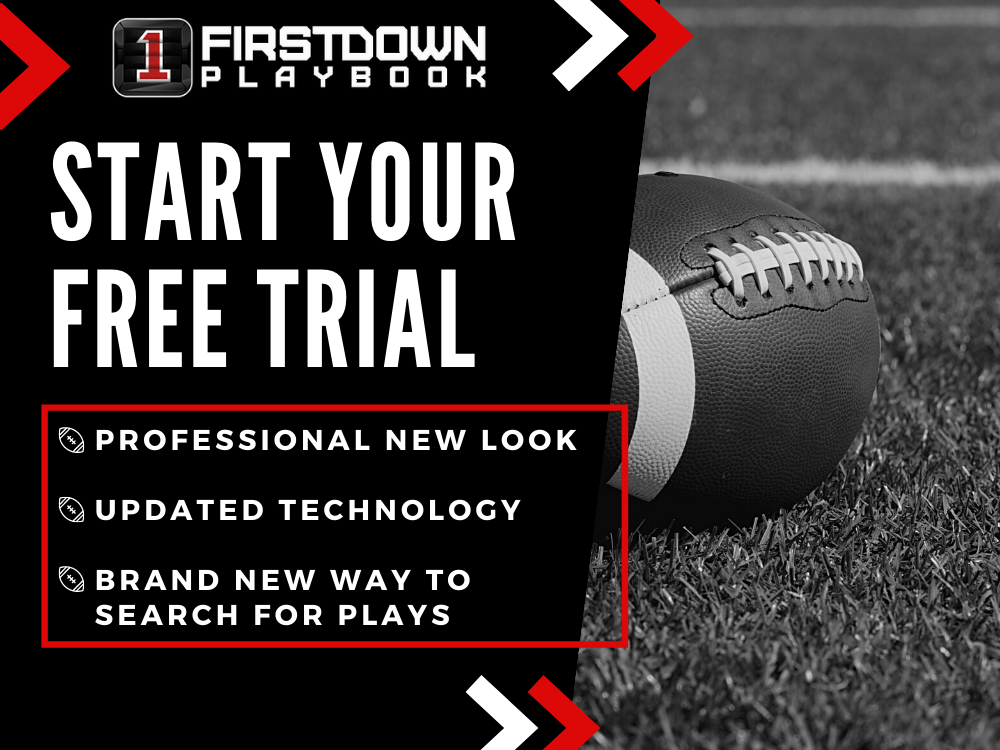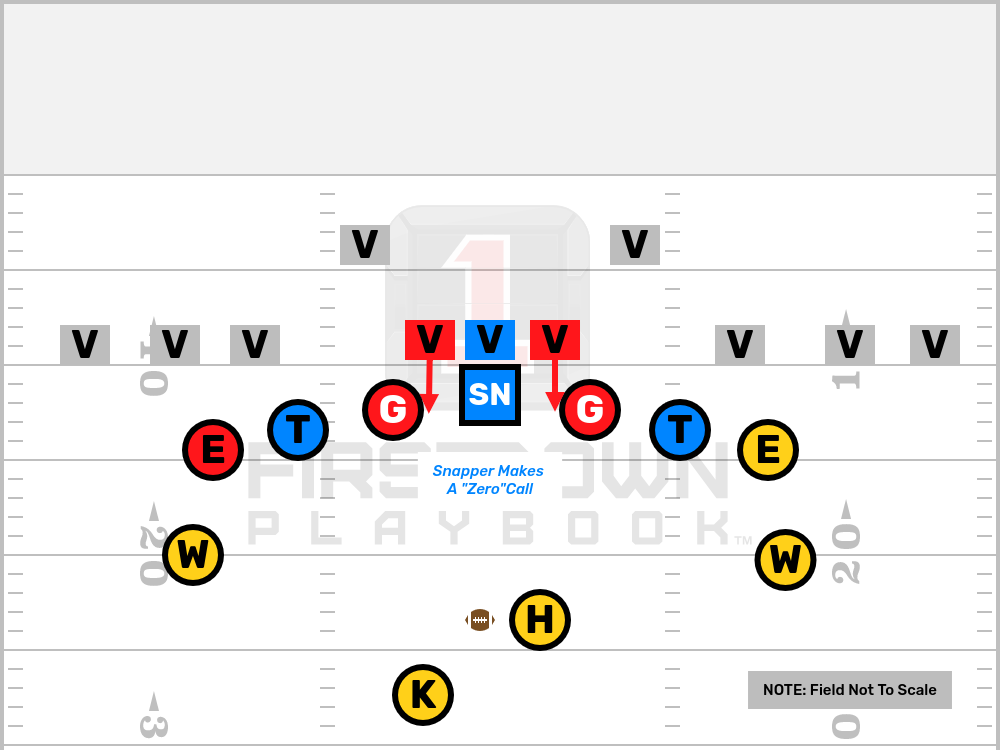PAT Field Goal Snapping Cheat Sheet
PAT and field goal snapping is one of the toughest and most under appreciated jobs in football. If you don’t have a reliable short or long snapper it can ruin a game. It can also ruin a season. Trust us, we know from past experience. A lot more attention is paid to long snapping as opposed to short snapping. This is mostly due to distance of the snap and nobody wants a blocked punt.
Long snappers don’t protect anymore unless it is at the NFL level. This is not so easily done when it comes to field goal protection. The shortest path to the ball for a field goal block comes right over or next to the Snapper . What makes things even more inviting for the block team is that the snapper is often smaller. We’ve all had that player who could fire the ball back there. Their problem was they were very small as compared to the huge offensive linemen on either side of him.
Snapping Tips From The Best To Ever Do It
For all these reasons the block team will often scheme up ways to pick on your snapper. Rule changes have done a good job of protecting the snappers from getting run over. This is due to the fact that they are often in a defenseless position with their heads down. However, this doesn’t stop the defense from isolating the snapper on a great athlete who can quick swim in the A gap.
A Zero Call Can Protect Your Snapper
A lot of coaches that work with the PAT/Field Goal team will just rely entirely on technique to protect. This can be effective most of the time. However, If you play someone who is going to scheme you up a little it’s always good to have a few calls that will protect your pressure points with the rush. Take this drawing where the rush team is attempting to block the guards inside out. This prevents them from helping the snapper in the A gaps.
The snapper should be aware of a situation like this and have a call (We call it Zero here) that tells both guards to get their heads all of the way across the rusher to their side. This will give the guards a much better chance of blocking the A gap rushers. It will also put them in a position to give arm and head presence to help the snapper protect to either side.
The Rush Team Cannot Overload Every Gap
Keep in mind that the guards’ outside foot will still not move. They will just lean heavier inside and get their head across the A gap rusher. The guards can also two hand punch inside to their respective A gap instead of with one like usual. The tackles must understand that they will have no hand presence help from the guard in the B gap as they would normally.
Related: Don’t Let a R3 or L3 Ruin Your Kickoff Return Day
The obvious question is what if there is an overload in the B gap too. Well, the short answer is that it is impossible for the block team to overload every gap and if the protection unit focuses on giving help where help is needed inside out then the protection will be as sound as it can be. Anyone who has coached very long knows that this can make the difference in cheers and tears after a close ball game.


